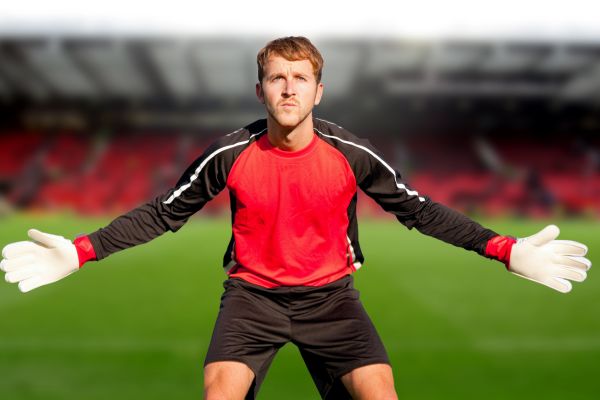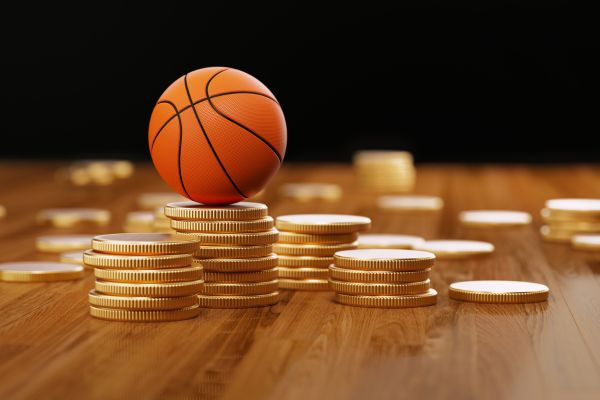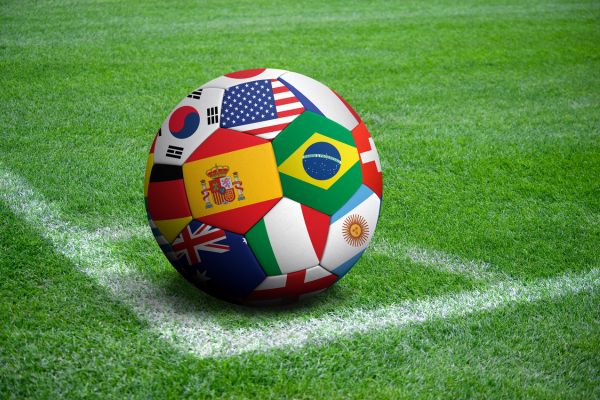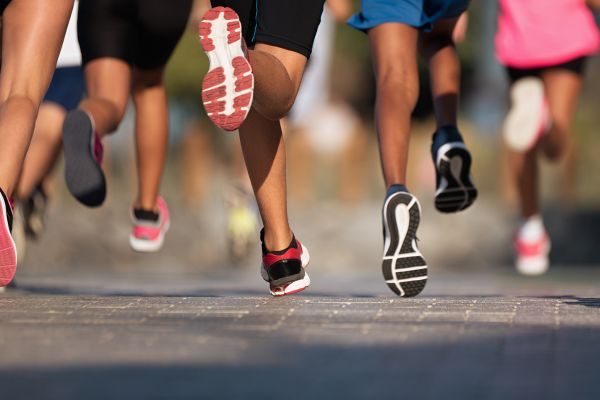In the world of soccer, few positions demand the level of mental and physical fortitude required of a goalkeeper. Often referred to as the last line of defense, a goalkeeper must possess lightning-fast reflexes, precise timing, and unshakable confidence. For aspiring keepers, mastering these skills takes more than just natural talent—it requires dedicated practice, the right mindset, and strategic training. If you’re looking to level up your game, these soccer goalkeeper training tips will guide you on the path to becoming a more effective and reliable shot-stopper.
Understanding the Role of a Soccer Goalkeeper
Before diving into the intricacies of soccer goalkeeper training tips, it’s essential to understand what makes the role unique. A goalkeeper isn’t just someone who blocks shots; they are a leader on the field, constantly reading the game and directing the defense. They must anticipate plays, communicate clearly with teammates, and remain composed under pressure. Whether dealing with high crosses, one-on-one situations, or penalty kicks, goalkeepers face a wide range of challenges every match. Developing a solid foundation in goalkeeping fundamentals is crucial to handling these responsibilities with confidence and skill.
Building a Strong Foundation with Basic Techniques
The cornerstone of any successful goalkeeper is a mastery of the basics. Proper stance, positioning, and hand placement are non-negotiable. Goalkeepers must learn how to move efficiently along the goal line, adjust angles based on the ball’s position, and adopt a ready stance that allows for explosive movements in any direction. Catching techniques, such as the W-catch for high balls and the basket catch for low shots, are essential to prevent rebounds and second-chance opportunities. Training these foundational elements ensures consistency and minimizes costly mistakes during matches.
Improving Reaction Time and Reflexes
One of the most sought-after skills in a goalkeeper is rapid reaction speed. Soccer goalkeeper training tips often emphasize drills designed to sharpen reflexes and improve split-second decision-making. Techniques such as rapid-fire shot training, unpredictable deflections, and close-range scenarios push goalkeepers to react instinctively. Reaction-focused exercises not only enhance physical reflexes but also train the brain to process game situations more efficiently. Incorporating these drills regularly will greatly boost a goalkeeper’s ability to handle sudden and unexpected shots.
Enhancing Footwork and Agility
Footwork is an often-overlooked aspect of goalkeeper training, yet it plays a pivotal role in maintaining balance and positioning. Agile footwork allows a goalkeeper to move swiftly across the goalmouth, adjust to the ball’s movement, and recover quickly after diving saves. Lateral shuffles, crossover steps, and short sprints can be integrated into daily training routines to increase mobility. Agility ladders and cone drills also contribute to better coordination and quick direction changes, essential traits for any elite-level goalkeeper.
Mastering the Art of Diving and Aerial Control
Diving is a skill that demands both courage and technique. Proper diving form protects the body while maximizing reach and control. Soccer goalkeeper training tips suggest practicing low dives for ground shots and high dives for upper corner strikes. Understanding how to land safely and spring back into action reduces injury risks and boosts overall performance. Additionally, aerial control is critical when dealing with crosses and high balls. Training to judge flight paths, time jumps, and secure catches will empower goalkeepers to dominate their penalty area with authority.
Communication and Game Awareness
While physical skills are vital, mental sharpness and communication are equally important. A goalkeeper must constantly communicate with defenders to organize the back line and anticipate threats. Clear, assertive instructions help maintain defensive structure and prevent confusion during fast-paced play. Soccer goalkeeper training tips often include scenario-based drills that simulate real match conditions, encouraging keepers to read the game and make decisive calls. Cultivating this awareness not only prevents goals but also builds trust within the team.
Mental Resilience and Confidence Under Pressure
Perhaps the most underestimated component of goalkeeping is the psychological aspect. The position comes with intense scrutiny—one mistake can lead to a goal, and the pressure is immense. Developing mental resilience is crucial. Visualization techniques, deep-breathing exercises, and positive self-talk can help maintain composure during high-stakes moments. Confidence in training translates to confidence in matches. When a goalkeeper trusts their preparation and remains mentally focused, they’re far more likely to perform at their best.
Conditioning and Strength Training for Goalkeepers
Physical conditioning tailored specifically for goalkeepers sets them apart from outfield players. Strengthening the core, legs, and upper body enhances shot-stopping ability, stability, and injury prevention. Explosive movements, such as plyometric exercises, build the power needed for quick dives and vertical jumps. Meanwhile, endurance training ensures goalkeepers remain sharp and agile throughout the entire match. A well-rounded fitness program, combined with soccer-specific training, creates a complete and capable goalkeeper.
Selecting the Right Gear for Optimal Performance
Equipment also plays a significant role in goalkeeper success. Gloves should offer a snug fit, excellent grip, and cushioning to absorb shot impact. A well-padded jersey and pants or shorts protect against turf burns and hard landings, while quality cleats provide traction and support during quick movements. Soccer goalkeeper training tips often recommend trying out various gear combinations during practice to determine what feels most comfortable and enhances performance on game day.
Applying Training in Match Situations
Ultimately, the true test of a goalkeeper’s training is how well it translates to real match scenarios. Scrimmages and competitive play offer the perfect environment to put new skills into action. By integrating game-like drills into practice sessions, goalkeepers can fine-tune their decision-making, sharpen their instincts, and build match-ready confidence. Consistent application of training techniques during actual play helps reinforce learning and creates a seamless transition from the practice field to the pitch.
Conclusion: The Path to Goalkeeping Excellence
Becoming a top-tier goalkeeper is a journey that combines physical ability, mental fortitude, and relentless dedication. With these soccer goalkeeper training tips, aspiring keepers can build a solid foundation, enhance their reflexes, and develop the composure needed to thrive in high-pressure situations. From mastering basic techniques to fine-tuning game awareness, each element of training contributes to a goalkeeper’s evolution. By committing to consistent practice and embracing a growth mindset, you’ll be well on your way to becoming the commanding presence your team can rely on between the posts.



